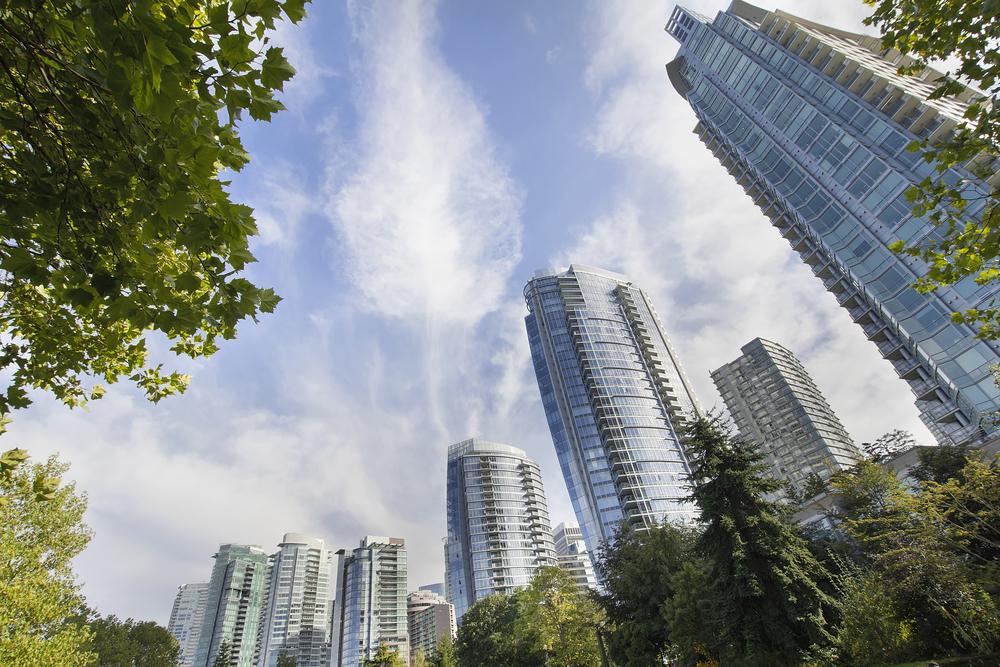Traditional luxury stores and high-end streetwear compete for prominent Orchard Road frontage
Read related post: The Work Project runs a 46,285 square foot workspace at Sydney’s Quay Quarter Tower

The overall strong performance of the real estate market for retail in 2022 was because of the belief among sellers that this local market will be able to recover after suffering the most severe covid-19 virus.
As per Sulian Tan-Wijaya executive director of lifestyle and retail for Savills Singapore, a handful of premium retail segments have profited the most from the rise in spending by consumers this year. She has been in top of retail property industry since 2008. She has been able to observe the changes in the lifestyle and retail industries.
“Luxury watches, high-end fashion athleisure, streetwear and luxury watches are among the most significant consumers of retail spending this year. These segments performed extremely well through the first two seasons of this pandemic from 2020 until 2021] and are expected to experience strong growth once markets reopened [in the year 2018]”” she adds.
Brands with top-of-the-line status like Rolex, Chanel, Hermes and Louis Vuitton are largely inflationand recession-proof, according to Tan-Wijaya. She also says that the group of wealthy buyers “are not price-sensitive , unless they are buying at the entry level”.
A series of brand new flagship store openings brought the retail market to its peak this year. According to Tan-Wijaya’s report, the most prominent and notable ones are the ones that have unveiled the street-facing stores on Orchard Road and Scotts Road. These are among the top shopping spots within the Central Area.
Tan-Wijaya highlights Korean streetwear brand MLB, Japanese brand SNKRDunk streetwear label Stussy and American clothing brand Carhartt as noteworthy new-to market brands in the year. “This is a testimony to street fashion taking the fashion industry in a storm, and occupying the retail space traditionally filled by established fashion houses,” she says.
Alongside major streetwear clothing brands, a number of beauty brands such as Dior, The History of Whoo Su:m37, Dior and Guerlain have also have opened new stores. A number of luxury stores, including Dior and Fendi were also renovated this year. “These are a sign of the strong demand for luxury goods in these segments,” says Tan-Wijaya.
She also notes that between 2030 and 2021 a lot of retailers closed their stores or decreased their number of stores as consumers’ spending fell. “However the luxury brands have generally have resisted this trend by increasing their store size or making remodels,” she says.
Prior to the safe management measures being gradually relaxed in 1Q2022 the luxury stores like Chanel, Louis Vuitton and Dior began to draw huge lines of customers eager to go into. “Customers waiting in line are mostly Generation Y and Gen Z who are looking for the highest quality for their own personal expressions as well as their social status and desires,” says Tan-Wijaya.
Furthermore, “revenge spending” on the part of a majority of customers who were mostly in their homes during the past two years contributed to this increase in demand for high-end products, she adds.
Despite the recessionary concerns that are threatening to erupt in 2023, luxury stores continue to dominate the ground floor and prime street-front areas in the most upscale shopping centers in Singapore. But, the coming years may see a range of retail concepts slowly fill in the spaces previously filled by fast-fashion brands Tan-Wijaya believes.
One example is the homegrown furniture retailer Castlery who has taken over the space of 24,000 square feet in Liat Towers that was left vacant by fashion company Zara. Tan-Wijaya along with Savills Singapore brokered this retail space purchase for Castlery.
There is a likelihood of increased competition as more brands seek to launch flagship locations in Singapore in the near future. “These companies all would like their stores to feature an impressive Orchard Road frontage, which is extremely rare since the majority of companies would be reluctant to sacrifice such valuable space in prime shopping areas,” says Tan-Wijaya.